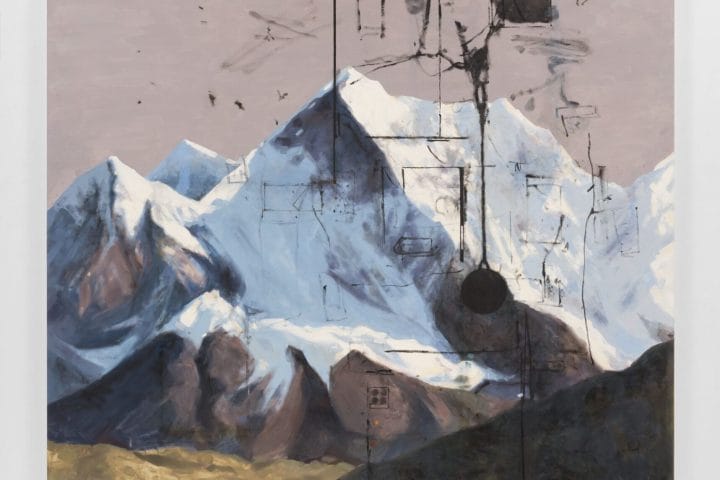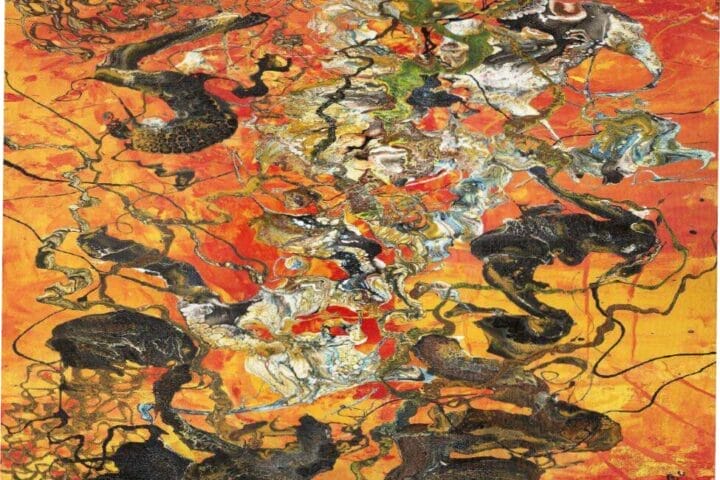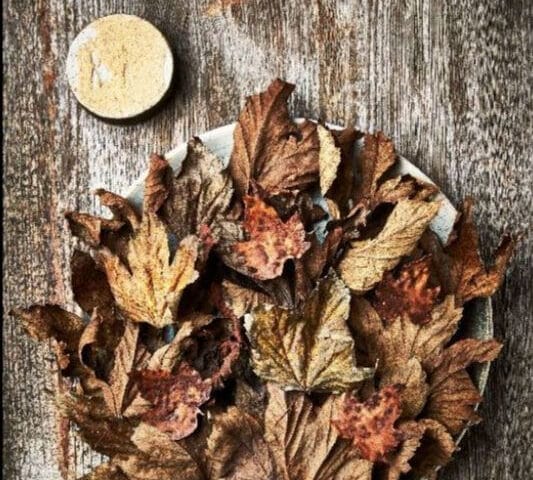Hauser & Wirth announced today that the gallery now represents artist Allison Katz, in collaboration with Gió Marconi, Milan, Antenna Space, Shanghai and dépendance, Brussels.
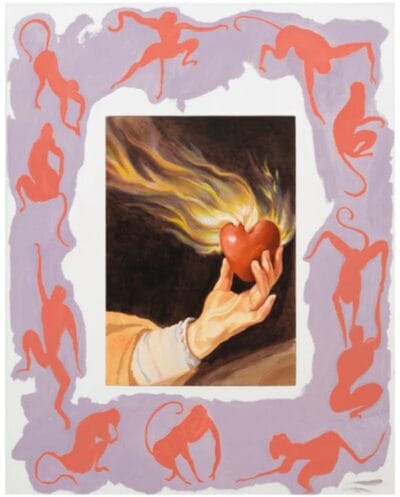
Allison Katz (b. 1980, Montreal, Canada) has over the last decade emerged as a pioneering voice in contemporary painting, achieving critical acclaim for her genre-defying works which embrace the mutability of images and explore the tensions between what is conveyed and what is perceived. Her practice is rooted in a personal, biographical approach to found imagery and art historical references, combined with irreverent wit, wordplay and humor. From cocks (the bird) and cabbages, to self-portraits and bodies in pieces, Katz’s vivid and idiosyncratic emblems call into question painterly subjectivity and selfhood, as well as the slippery nature of meaning. Her precisely made works shift in style, technique and materiality, often rejecting formal categorization to develop a practice that examines the conventions of the medium, the myths surrounding the role of the artist and that of the exhibition.
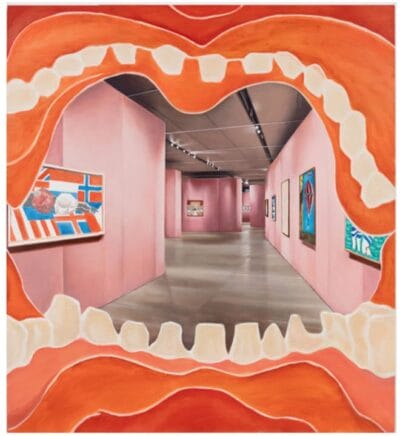
Architectural interventions are an integral part of Katz’s practice; her highly considered spatial environments combine paintings, posters and ceramics to produce unique encounters and perspectives. She creates a flow of subtle choreography in alignment with the imagery depicted. By engaging with site-specific conditions, Katz compels the viewer to create connections between her disparate works, giving way to poetic order amidst a proliferation of visual references. Recent works and exhibition titles have alluded to such networks of connection and communication more literally, whether in reference to bodily arteries and the circulation of blood, the canals and systems of transportation in Venice, or the transmutation of an object as it moves from sculpture to photography to painting. Her canvases are, as Katz explains, ‘active locations’ with ‘possible entrances and exits,’ calling attention to the multiple layers of consciousness that reside in a painting’s surface and subject.
Katz’s first exhibition with Hauser & Wirth, featuring new work by the artist, will take place in autumn 2023 in Los Angeles. Early next year, Katz will participate in an artist’s residency at Hauser & Wirth Somerset.
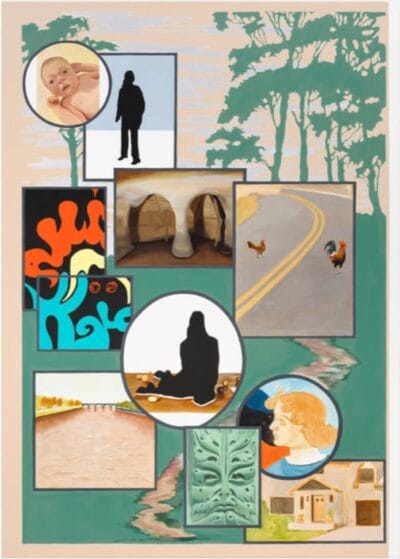
Katz’s work is an examination of painting’s plane as a flat space where depth can appear, in both a literal and metaphorical way. Beyond the picture plane, her practice has a complex arrangement with the tactile world, engaging with the idea of the viewer as both subject and participant. Katz’s use of texture complicates the painting’s window-like view into another world, grounding the physicality of images in our own sense of touch by mixing sand or rice into the pigment.
Further breaking the autonomy of the illustrative tableau, her staging of exhibitions is inextricably linked to the paintings but also separate to them, and often an artwork in and of itself. The walls that she designs are built around the idea of a viewer’s encounter. This may involve the creation of contrasting perspectives, rooms within rooms or one-to-one painted copies of pre-existing architectural features, such as an elevator. Her relationship to site specificity is fluid, and motivated by constraints and a willingness to undermine the premise itself: paintings made to measure for one location find new meaning through a completely alternative set-up elsewhere. The autonomy of painting as a discrete object is both complicated and energized by the contingency of its reception and by the exhibition as form.
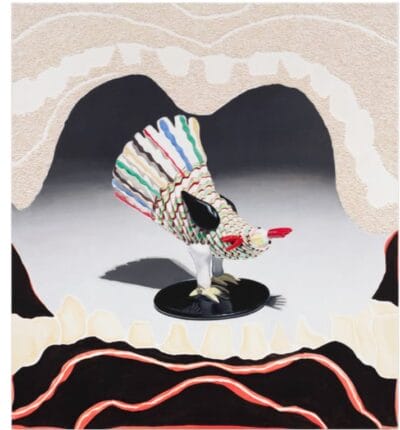
Katz’s interest in framing as both motif and subtext is a formal technique that investigates subjective assumptions; the frame becomes a portal for making sense of the world. The windows and mouths that frequently appear in her paintings address a duality between the sensual and intellectual consumption of information, and synthesize different kinds of sensory experience, such as taste and sight. Exhibition posters frame the event with actual dates and times, but also skew and extend it, by existing as independent artworks that are displayed after the fact.
Katz’s use of wordplay, double entendre or riddle, in both her choice of titles and the generation of the image itself, extends to the use of her signature as a visual element, and speaks to a self-referential thread running throughout her work. The AKgraph paintings – whose titles play on the origins of the words autos ‘self’ + graphos ‘written’ – mine the territory between everyday signatures and formal drawing, inscribing identity to leave a trace. Creating a likeness of her own face through the elements that make up her name, Katz pits cartoonish forms against ideas assumed to be stable and hierarchical. This playful and inquiring touch refuses the conventional notion of an artist’s ‘signature style’ in favor of a broader engagement with how a painting can be made today.

